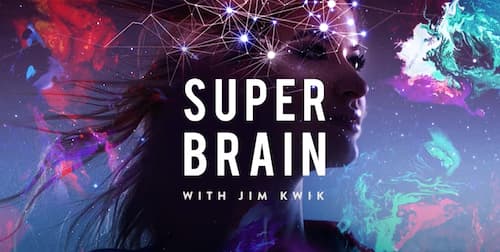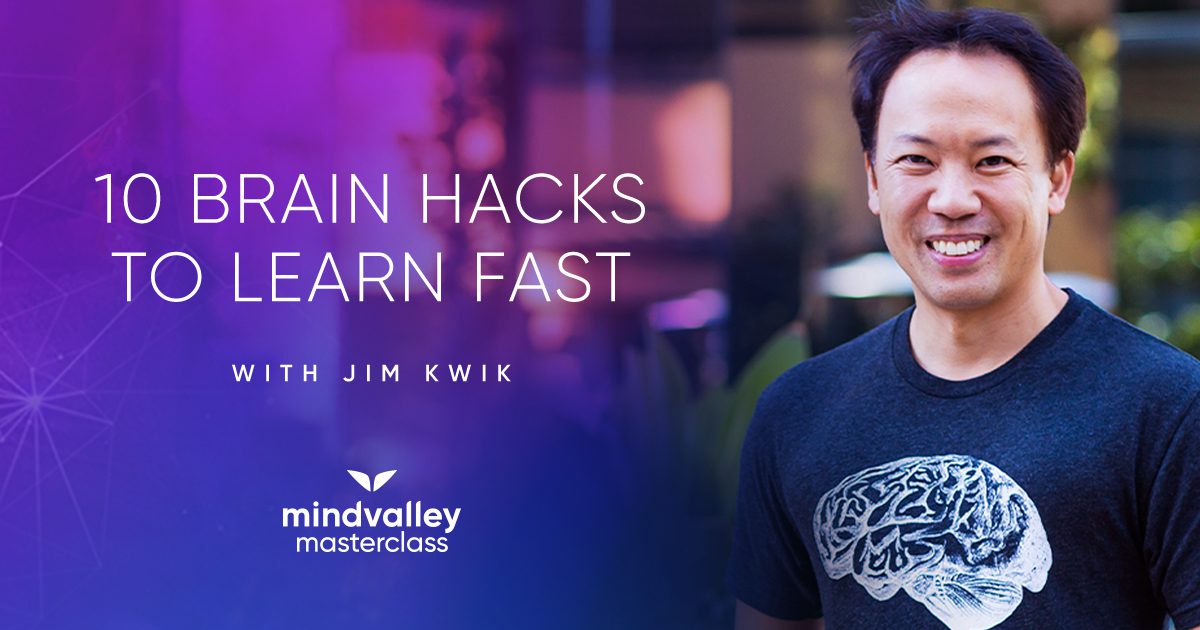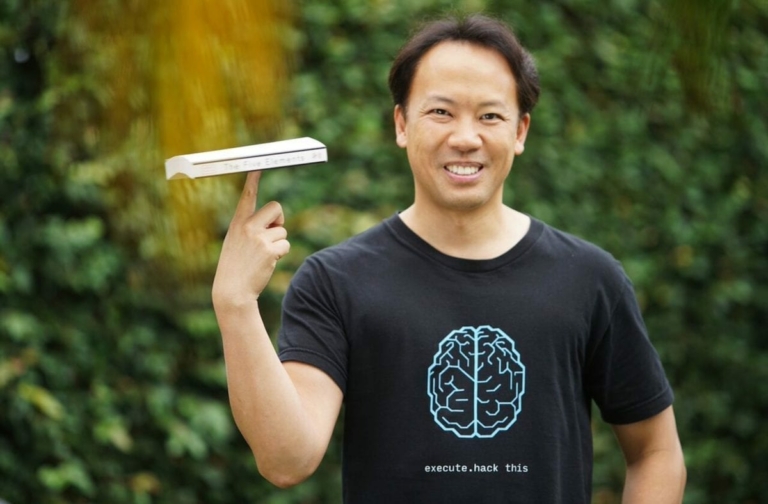Have you ever wondered how you’re able to move one finger at a time or blink with your left eye instead of your right? Your motor cortex does that for you.
Here’s some insight into what this part of our brain actually does and how it affects our movement.
What Is the Motor Cortex and What Does It Do?
The motor cortex is a part of the cerebrum. It sends electrical impulses to your muscles in order to move them. It’s in charge of all voluntary muscle movements, from walking down the street to eating a cupcake.
The motor cortex is made up of two basic areas: the primary motor cortex and the association cortex.
The primary motor cortex is in charge of the basic motor functions, including walking, running, kicking, throwing, etc. It sends impulses through your spinal cord, which results in movement.
Moreover, it contains a mental map of your body, represented in the form of a homunculus. The cortical homunculus shows that some parts of the body take up disproportionate areas of the brain depending on their dexterity (for example, the hands and face take up more space than the legs).
The association cortex is responsible for higher-level motor functions. It consists of the premotor cortex and supplementary motor area.
The premotor cortex controls preparation for movement and sensory and spatial guidance of movement. The supplementary area is responsible for movement planning and coordination. We activate the supplementary area whenever we perform an action that requires both feet or both hands.
Why Is the Motor Cortex Important?
The motor cortex facilitates optimal functioning on a daily basis. It enables us to walk, run, and use our hands to navigate the world. It allows us to use facial expressions to communicate emotions.
Now, if we take into account that simply smiling requires the movement of 43 different muscles, you can imagine how complex and intricate the motor cortex truly is. Especially when you factor in additional movements, such as walking, running, or shaking someone’s hand as you meet them for the first time.
As your body moves, your brain grooves. — @jimkwik Share on XAll these movements are coordinated effortlessly by the motor cortex, and it all happens in a fraction of a second.

What Happens if the Motor Cortex Is Damaged?
The motor cortex takes up a large portion of the brain, and there are numerous blood vessels that feed the brain. So, damage to these blood vessels can cause various symptoms.
The obvious consequence of damage to the motor cortex is movement impairment. The symptoms vary depending on the location of the damage.
Primary motor cortex lesions cause contralateral paralysis or difficulty moving the body. Namely, if the lesion happens in the right hemisphere, the left arm will be affected.
Furthermore, lesions in the supplementary motor area of the primary motor cortex can cause clumsy, uncoordinated hand movements—a disorder called motor apraxia.
What Part of the Brain Is Responsible for Motor Skills?
A motor skill is the ability to make a movement with precision.
Gross motor skills are needed to move large muscles for walking, running, and balancing. Fine motor skills are needed for smaller groups of muscles to perform more precise movements such as writing, playing an instrument, blinking, and so on.
The brain’s motor cortex is pretty large and takes up the back part of the frontal lobe. There are actually four lobes of the brain in total, but the frontal lobe is what’s responsible for much of our higher thinking and processing.
To be able to properly move, we need more than just the help of the motor complex. We must be able to perceive the world around us and use our senses via the sensory cortex.
A brain is a complex machine that coordinates the efforts of both the brain and the body. Take a moment to appreciate the powerful processes of your motor complex along with the rest of your brain. It truly is a thing of wonder.










